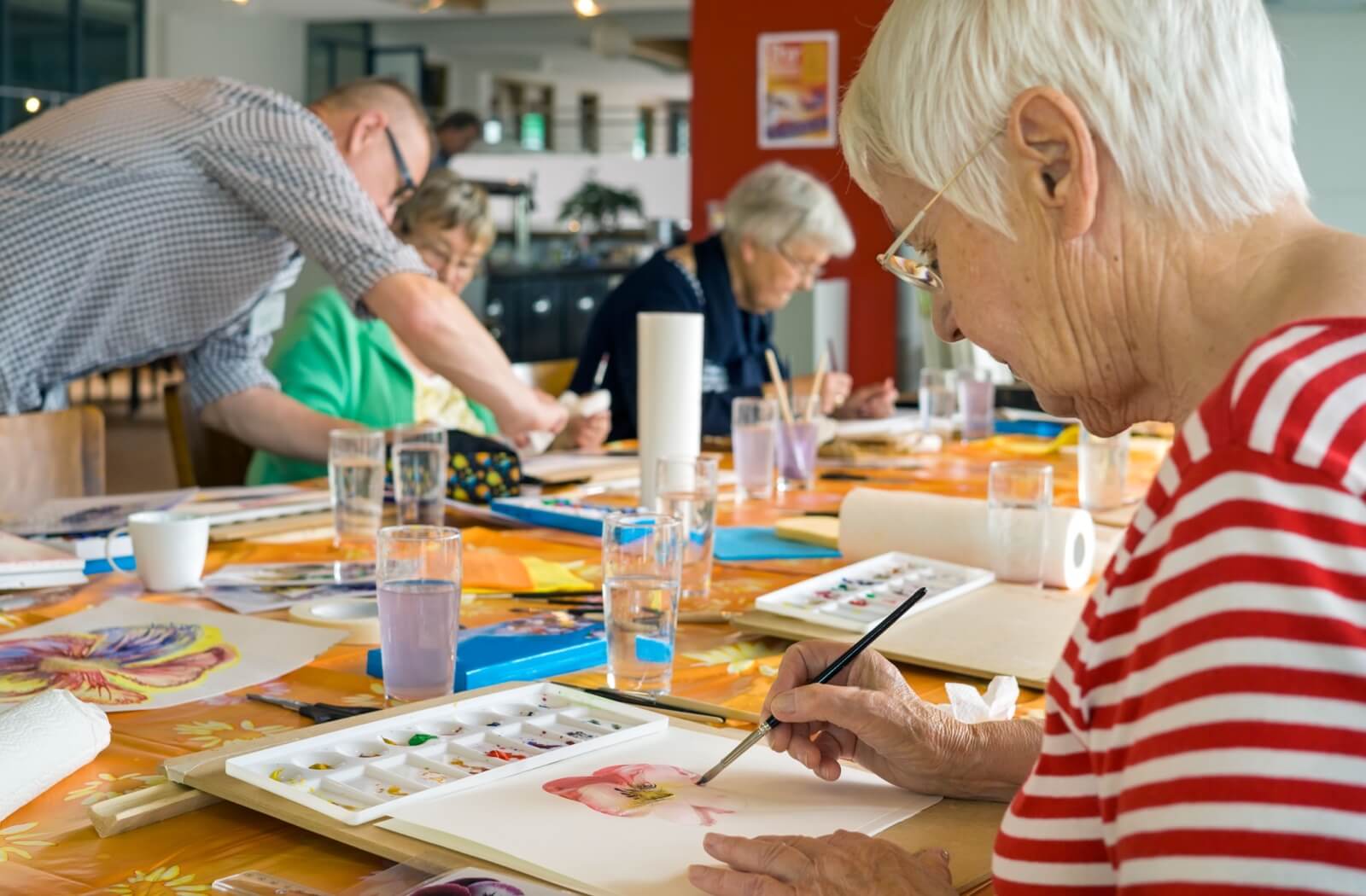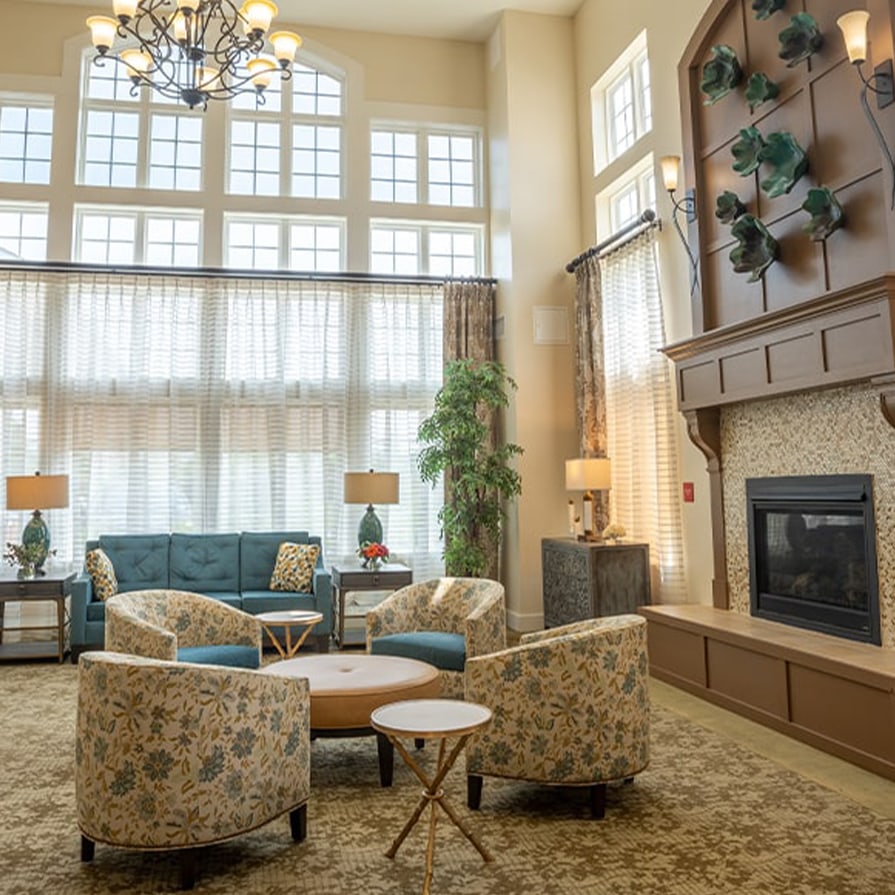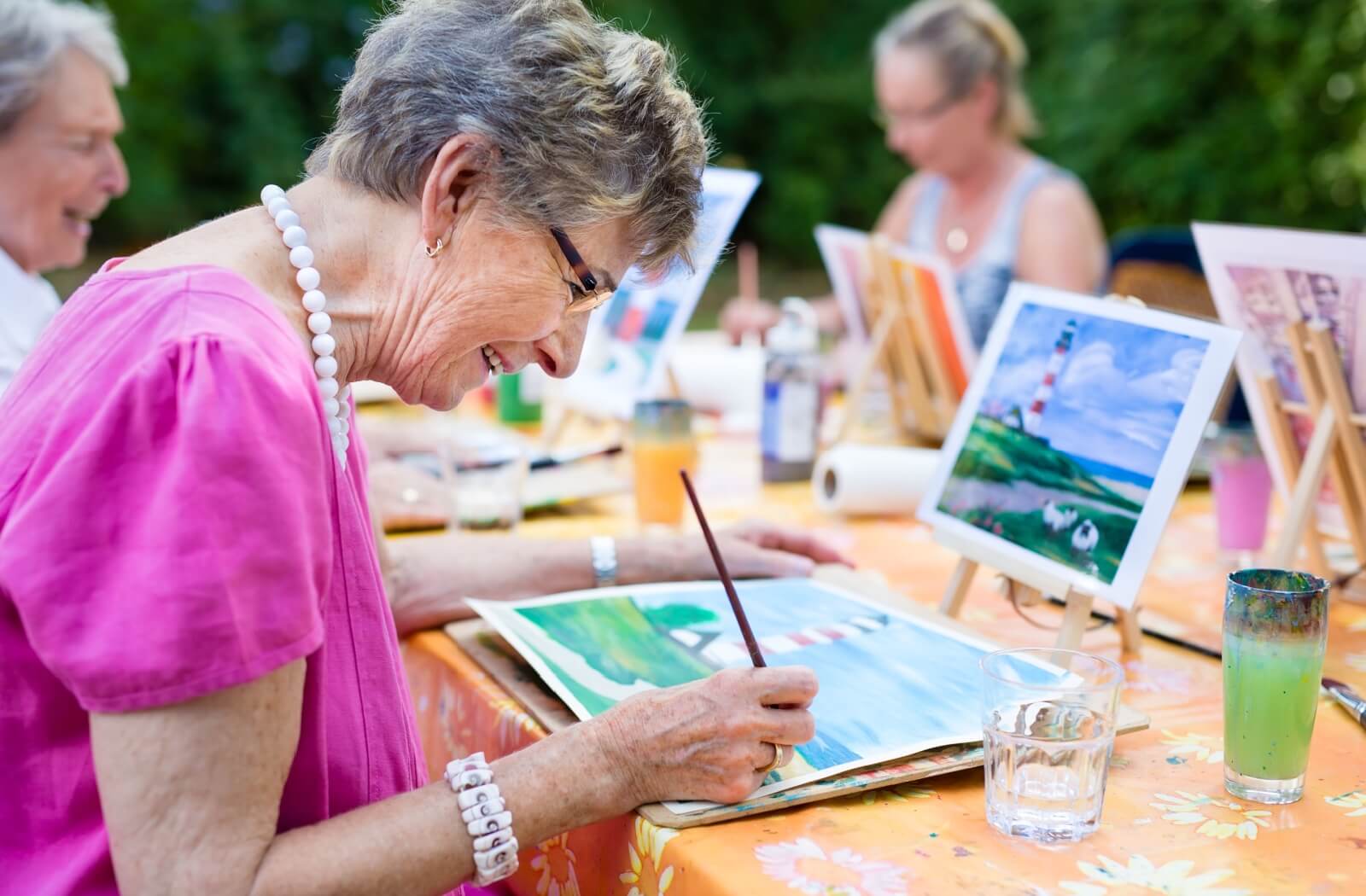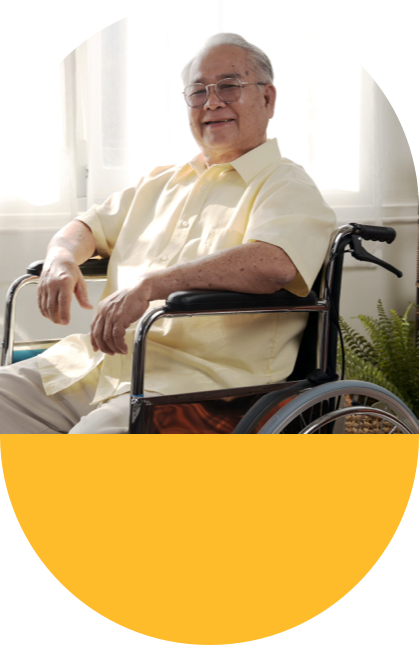Art has long been recognized for its therapeutic benefits, and this is especially true for older adults with dementia.
The ‘Memories in the Making® ‘ art program, developed by the Alzheimer’s Association, is specifically designed for individuals living with dementia, and aims to improve cognitive function, enhance quality of life, and bring joy through the creative process.
Understanding the ‘Memories in the Making®’ Art Program
The ‘Memories in the Making®‘ art program was first introduced by the Alzheimer’s Association in 1986. Its main goal is to engage individuals with dementia in art-making activities that help them express themselves and connect with their memories.
The program is based on the belief that while individuals living with dementia may lose their ability to communicate verbally, they can still express themselves through art. It uses a person-centered approach, which means that it focuses on the individual’s unique abilities and interests rather than their limitations.
Benefits of Art for Individuals Living with Dementia
Art has been shown to have numerous therapeutic benefits for individuals living with dementia, including:
- Improving cognitive function: Making art can help stimulate the brain and improve cognitive function, such as memory, attention, and problem-solving skills.
- Reducing agitation and anxiety: Creating art can be a calming and soothing activity, and it has been found to reduce agitation and anxiety in individuals with dementia.
- Encouraging self-expression: Art provides a way for individuals living with dementia to express themselves and communicate their thoughts and emotions non-verbally.
- Promoting social interaction: The ‘Memories in the Making®’ art program is typically done in group settings, which can help promote social interaction and reduce feelings of isolation.
- Boosting self-esteem: Engaging in a creative activity and producing something can give individuals with dementia a sense of accomplishment, boosting their self-esteem.
How the ‘Memories in the Making®’ Art Program Works

The ‘Memories in the Making®’ art program is typically led by trained facilitators who guide individuals with dementia through the process of creating art. Here’s how it works:
- Preparation: The facilitator will gather materials and set up a comfortable and safe space for the art session.
- Prompting: The facilitator will provide prompts or suggestions to help stimulate ideas and guide the individuals in creating their artwork.
- Creating: Individuals will then have time to create their artwork using various mediums such as paint, markers, or clay.
- Reflection: Once the artwork is completed, the facilitator will guide a group discussion to reflect on the process and discuss the artwork.
- Display: The artwork can be displayed in a community gallery or shared with loved ones to showcase the individual’s creativity and promote a sense of pride.
How to Incorporate Art into Daily Life for Individuals with Dementia
The ‘Memories in the Making®’ art program is just one way to incorporate art into the lives of individuals with dementia. Here are some other ideas:
- Provide access to art supplies: Keeping simple and safe art supplies such as coloring books, crayons, or clay within reach can encourage spontaneous creativity.
- Encourage reminiscing through art: Ask individuals to create artwork that represents a memory or significant event in their lives.
- Incorporate music and movement: Combining music and movement with art can enhance the creative experience for individuals with dementia. This could include painting while listening to music, dancing while creating a sculpture, or incorporating movements into the artwork itself.
- Make it a group activity: Art can also be a social activity that promotes communication and connection. Consider hosting an art class or inviting friends and family to join in on the creative process.
- Use art as a form of therapy: Creating art can serve as a therapeutic outlet for individuals with dementia, allowing them to express themselves and alleviate stress and anxiety.
- Explore different mediums: While painting may be the most popular medium used in art therapy, there are many other options to explore such as drawing, sculpture, or collage. Experimenting with different mediums can also stimulate the brain and promote cognitive growth.
- Make it a regular activity: Consistently incorporating art into daily life can provide structure and routine for individuals with dementia. It can also serve as a way to continuously engage and stimulate the brain.
- Display and celebrate artwork: Once art has been created, it can be proudly displayed in the individual’s living space or shared with others. This can boost self-esteem and provide a sense of accomplishment for individuals with dementia.
- Seek guidance from professionals: If caring for someone with dementia, consider seeking guidance from a professional art therapist who specializes in working with individuals with cognitive impairments. They can provide specific techniques and activities tailored to the individual’s needs.
The Power of Art at Juniper Village at Preston Hollow
The ‘Memories in the Making®’ art program is a valuable tool for individuals living with dementia. It not only provides a creative outlet but also offers numerous benefits such as reducing agitation, promoting social interaction, and boosting self-esteem.
Through this program, individuals with dementia can continue to express themselves and connect with others through their artwork. This highlights the importance of incorporating creative activities into their daily routines.
At Juniper Village at Preston Hollow, we are dedicated to providing a nurturing and stimulating environment for individuals with dementia. Our ‘Memories in the Making®’ art program is just one of many programs we offer to enhance their quality of life and promote overall well-being. We believe that every individual, regardless of their cognitive abilities, deserves the opportunity to express themselves and create meaningful connections. Reach out to us to learn more about our ‘Memories in the Making®’ art program and how we can support your loved one with dementia.







